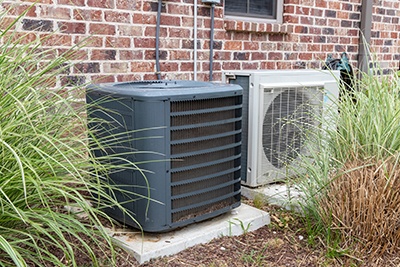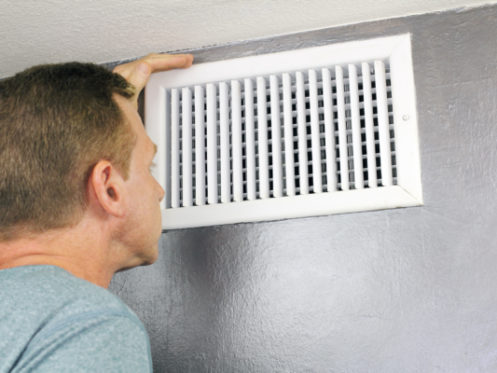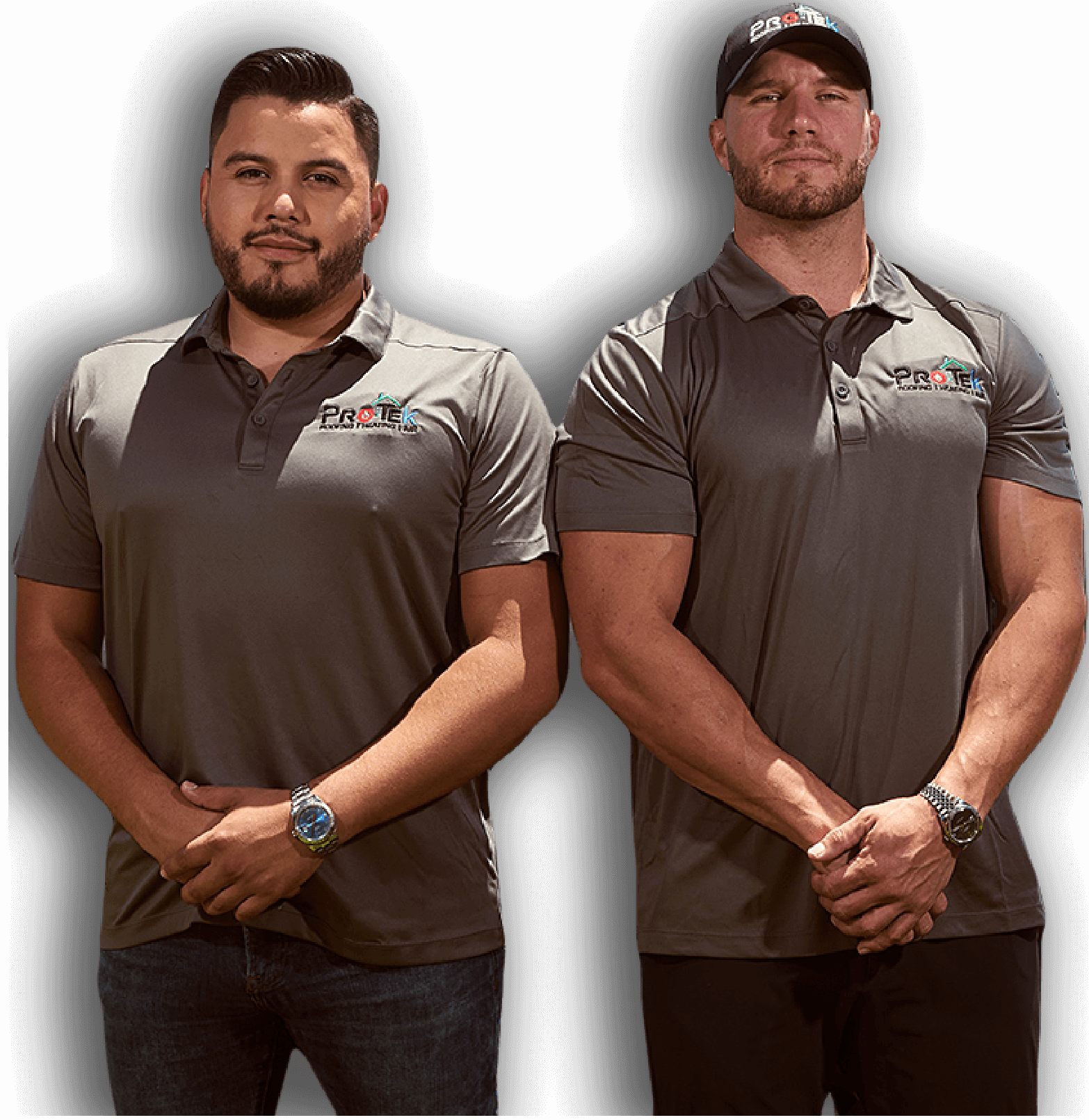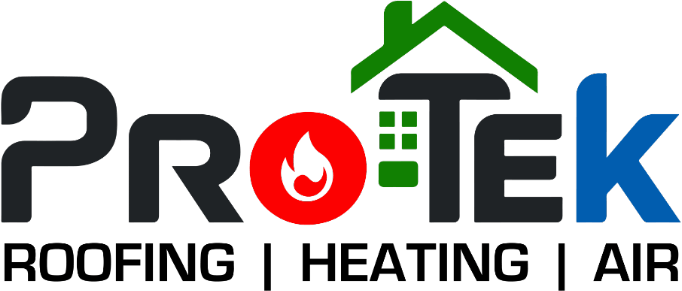Although Tampa isn’t known for its cold weather, that doesn’t mean it is completely warm all the time. For those cool winter days, it’s important to ensure that your furnace can provide enough heat for your home whenever you need it. One way that some heating systems take care of this is through the use of auxiliary heat. Understanding what auxiliary heat is and why it can help you better understand how your heating system works to ensure it’s operating properly. Fortunately, the pros at Protek Roofing, Heating, Air & Solar know plenty about auxiliary heat and want to share their knowledge with you.
Understanding Heat Pumps
Auxiliary heat is something you’ll only use if you have a heat pump. It’s important to understand how heat pumps operate to better understand why auxiliary heat is necessary. Heat pumps operate by extracting heat energy from the outside air. A heat pump transfers this energy inside your home by using refrigerant. This process continues until your thermostat senses that your home has reached the desired temperature. In order to extract heat energy from the outside air, your heat pump has to make the refrigerant quite cold so that thermodynamics can take over. These cold temperatures are why auxiliary heat is sometimes necessary.
The Recovery Cycle
The refrigerant line in your heat pump is made from metal. Since metal is good at conducting heat, the metal in the refrigerant line can effectively transfer heat from one place to another. The downside of having a metal refrigerant line is that metal also condenses water vapor in the air. If the outside temperature is especially cold, the water that condenses on the refrigerant line can begin to freeze because the refrigerant has to become especially frigid to still be able to absorb heat energy. A layer of ice on the refrigerant line will prevent it from efficiently transferring heat. That’s where the recovery cycle comes in. A heat pump’s recovery cycle reverses the points at which the refrigerant is hot and cold. During the recovery cycle, the system will ensure that the refrigerant is colder when it’s inside your home so that it can absorb heat energy to send outside and defrost your refrigerant line.
Auxiliary Heat Saves the Day
In reading about the recovery cycle, you probably notice one big problem. If the system is collecting heat energy from your home to send outside, your home will quickly become cold. That’s where the auxiliary heat strip comes in. Rather than sending cold air throughout your home, the auxiliary heat strip heats the air to an acceptable temperature and then sends it on its way. This heat strip is a simple electric resistance heating strip like you would find in an electric furnace. While it’s not an ideal way to heat your home, it certainly beats having a frozen refrigerant line or a cold house.

The Downside of Auxiliary Heat
At Protek Roofing, Heating, Air & Solar, it’s important for our customers to understand the positives and negatives of any system they install. When it comes to auxiliary heating in a heat pump, there is really only one downside: the cost of operation. Electric resistance heating is one of the most expensive ways to heat your home, which is one reason why electric furnaces have largely fallen out of favor. However, there are two reasons that you shouldn’t worry about this issue. First, your heat pump will only use the auxiliary heat strip while it’s in recovery mode. As soon as all of the frost is gone from the refrigerant line, the system will return to its normal mode of highly efficient operation. Second, since the temperatures in Tampa tend not to get too low, the risk of ice forming on your system’s refrigerant line is quite low, as well. Therefore, a heat pump is one of the best options for heating your Florida home.
Limiting Auxiliary Heat Use
Beyond living in a warm Florida climate, there are some other tips that Protek Roofing, Heating, Air & Solar can recommend to help limit the time your system spends in the recovery mode using the auxiliary heat strip. First, make sure to replace your air filter when it becomes saturated with dust. Maintaining adequate airflow will help your heat pump regulate its temperature more effectively so that the refrigerant line doesn’t become too cold. Another way to ensure adequate airflow is to keep your ducts clean. Maintaining clean ducts helps ensure that your heat pump can deliver the correct volume of air to the different rooms in your home so that the temperature at the heat exchanger remains stable.
A Word About Your Thermostat
Wise thermostat use is another great way to help reduce your heat pump’s use of its auxiliary heat strip. By lowering the temperature setting on your thermostat by just one or two degrees, your system will have much more excess capacity so that it doesn’t run for long periods of time. These extended cycles are the most common cause of a frozen refrigerant line that leads to the system using the auxiliary heat strip. If you don’t already have a programmable thermostat of some type, call Protek Roofing, Heating, Air & Solar so that we can install one for you. Being able to control your home’s temperature precisely will reduce your energy costs and keep your home more comfortable.

Give Protek Roofing, Heating, Air & Solar a call today!
Increasingly Efficient Heat Pumps
If your current heating system is nearing the end of its life, there’s even more good news regarding the auxiliary heat strip. The main controlling factor in the frequency of auxiliary heat use is the efficiency of a heat pump to pull heat energy from the surrounding air. A more efficient heat pump will be able to transfer more heat energy and heat your home more quickly. This makes it less likely that your system will ever need its auxiliary heat strip. Since new heat pumps are being designed for use in extremely cold climates, they are more efficient and effective than ever. When you install one of these efficient new systems in a mild climate, you can enjoy the efficiency increases and know that your auxiliary heat will rarely kick on.
Better Than a Furnace
Although auxiliary heat isn’t an ideal way to heat your home, it’s important to keep it in perspective. A heat pump, even when it occasionally uses auxiliary heat, is still far more efficient than a conventional electric-resistance furnace. Also, depending on your utility costs, a heat pump may cost less to operate than a gas furnace. The efficiency of heat pumps is one big reason why Protek Roofing, Heating, Air & Solar continually recommends them to customers throughout the region.
Your Heating System Professionals
At Protek Roofing, Heating, Air & Solar, we work hard to exceed our customers’ expectations with every service call we complete. Whether we’re installing a new heat pump, maintaining an air conditioner, installing a solar array, replacing a roof, or performing any of our other services, we always seek to complete each task with integrity and quality. This commitment to excellence is one big reason why we consistently receive five-star customer reviews. If you’d like to learn more about how heat pumps operate, contact us at Protek Roofing, Heating, Air & Solar today.




